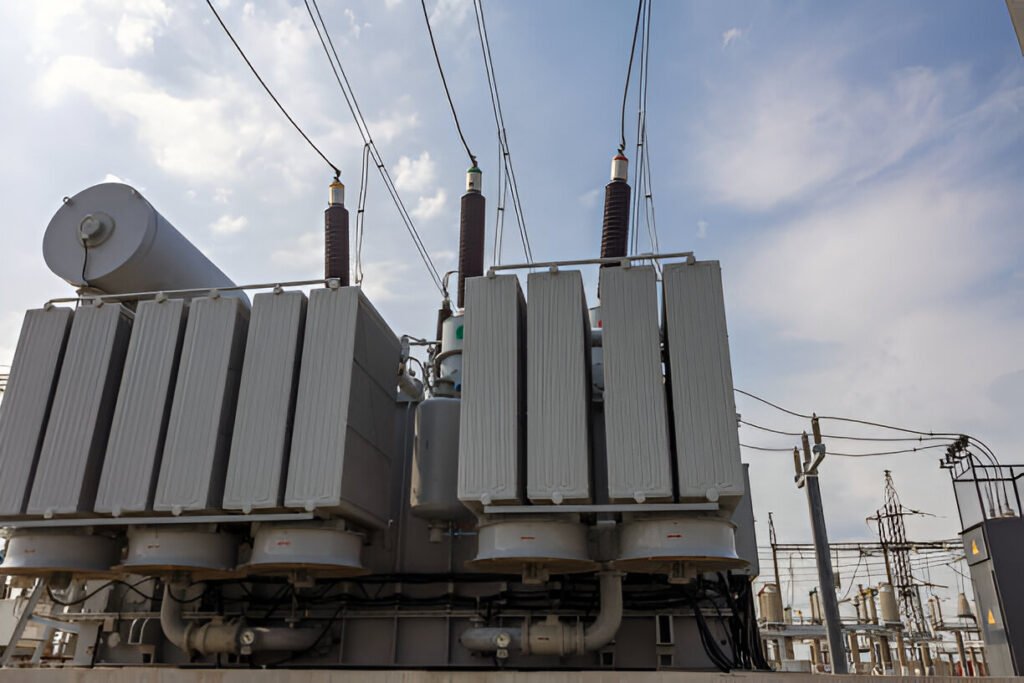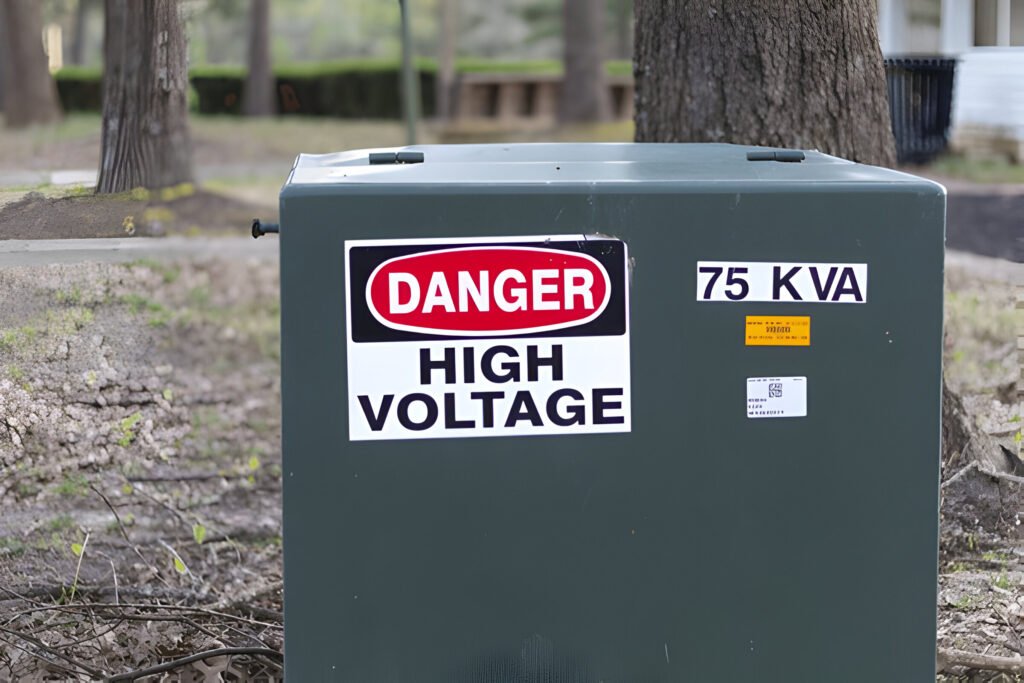Why Do Distribution Transformers Burn
Distribution transformers can burn due to overloading, lightning strikes, poor maintenance, or manufacturing defects, causing power outages and safety hazards.
Read More
Delta-star transformers are a crucial component in the electrical power industry, enabling the efficient transformation of voltage levels between transmission and distribution systems. These transformers are named for their unique winding configuration, which resembles the Greek letter delta (Δ) on the primary side and a star (Y) on the secondary side.
In this comprehensive guide, we will delve into the intricacies of delta-star transformers, exploring their design, operation, and the key benefits they offer in various electrical systems.
Delta and star (also known as wye) are two fundamental connection types for three-phase transformers. The key difference lies in how the transformer windings are interconnected.
In a delta configuration, the end of each primary winding is connected to the start of the next, forming a closed loop resembling a triangle. Conversely, in a star connection, one end of each winding is joined at a common point, termed the neutral terminal, while the other ends remain open, creating a Y-shaped arrangement.
The choice between delta and star connections significantly impacts the transformer’s performance and suitability for various applications. Some critical differences include:
In a delta-star transformer, the primary winding is connected in a delta (Δ) configuration, while the secondary winding is connected in a star (Y) configuration. This type of connection is commonly used in three-phase transformer applications, such as power distribution and industrial settings.
The primary delta connection consists of three windings connected in a closed loop, forming a triangle shape. Each winding is connected between two phases, with no connection to the neutral or ground. This configuration allows for the circulation of harmonic currents within the delta, preventing them from entering the primary line.
On the secondary side, the star connection comprises three windings connected at a common point, known as the neutral point. The other ends of the windings are brought out as the three phases. The neutral point can be grounded, providing a stable reference for the secondary voltages and allowing for the connection of single-phase loads between a phase and neutral.

A delta-star transformer operates on the principle of electromagnetic induction. When a three-phase voltage is applied to the primary delta-connected windings, it creates a magnetic flux in the transformer core. This flux induces a voltage in the secondary star-connected windings, which is proportional to the primary voltage and the transformer’s turn ratio.
The delta-star connection introduces a phase shift between the primary and secondary voltages. The secondary line voltages are typically phase-shifted by 30° with respect to the primary line voltages.
Allows for the connection of three-phase systems with different voltage levels: This makes the star-delta transformer suitable for step-up or step-down applications.
Provides a stable neutral point for grounding: The star-delta transformer configuration offers a stable neutral point that can be used for grounding purposes.
Enables the use of smaller, more economical transformers: Compared to other configurations, each transformer in a star-delta setup only needs to handle a fraction of the total power, allowing for the use of smaller and more cost-effective transformers.
Offers improved voltage regulation and load balancing: The delta-connected primary winding can compensate for unbalanced loads on the star-connected secondary, resulting in better voltage regulation and load balancing.
Reduces harmonic currents and voltage distortion: The delta connection provides a low-impedance path for harmonic currents to circulate within the winding, effectively reducing harmonic currents and voltage distortion.
Allows for the use of a single transformer unit: Instead of requiring three single-phase transformers, the star-delta configuration allows for the use of a single transformer unit, saving space and simplifying installation and maintenance.
Larger transformer core and tank: Requires a larger transformer core and tank compared to a delta-delta configuration, due to the higher flux density in the core legs.
Increased complexity: Increases the complexity of the transformer design and manufacturing process, as the windings must be carefully constructed and insulated to withstand the phase voltage differences.
Higher losses: May result in higher losses due to the increased winding resistance and eddy currents in the core.
Grounding and protection considerations: Requires special consideration for grounding and protection schemes, as the star-connected secondary can create ground fault current paths and cause voltage disturbances.
Unsuitable for certain applications: May not be suitable for applications with highly unbalanced loads or severe harmonic distortion, as the delta-connected primary may not provide sufficient compensation or filtering.
Higher cost: Can be more expensive than other transformer configurations, due to the additional materials and manufacturing complexity required.

Power distribution systems: Three-phase power needs to be stepped down from high-voltage transmission lines to lower voltages suitable for residential and commercial use.
Industrial facilities: Factories, plants, and mills require three-phase power for heavy machinery and equipment.
Commercial buildings: Office towers, shopping malls, and hospitals rely on reliable and efficient three-phase power distribution.
Renewable energy systems: Power generated from wind farms and solar parks needs to be transformed and integrated into the electrical grid using three-phase systems.
Transportation systems: Railways and electric vehicle charging stations use three-phase power for propulsion and charging.
Marine and offshore applications: Ships, oil rigs, and underwater facilities require robust and reliable three-phase power for operation and safety.
The relationship between the primary and secondary voltages and currents in a delta-star transformer can be expressed using the following formulas: